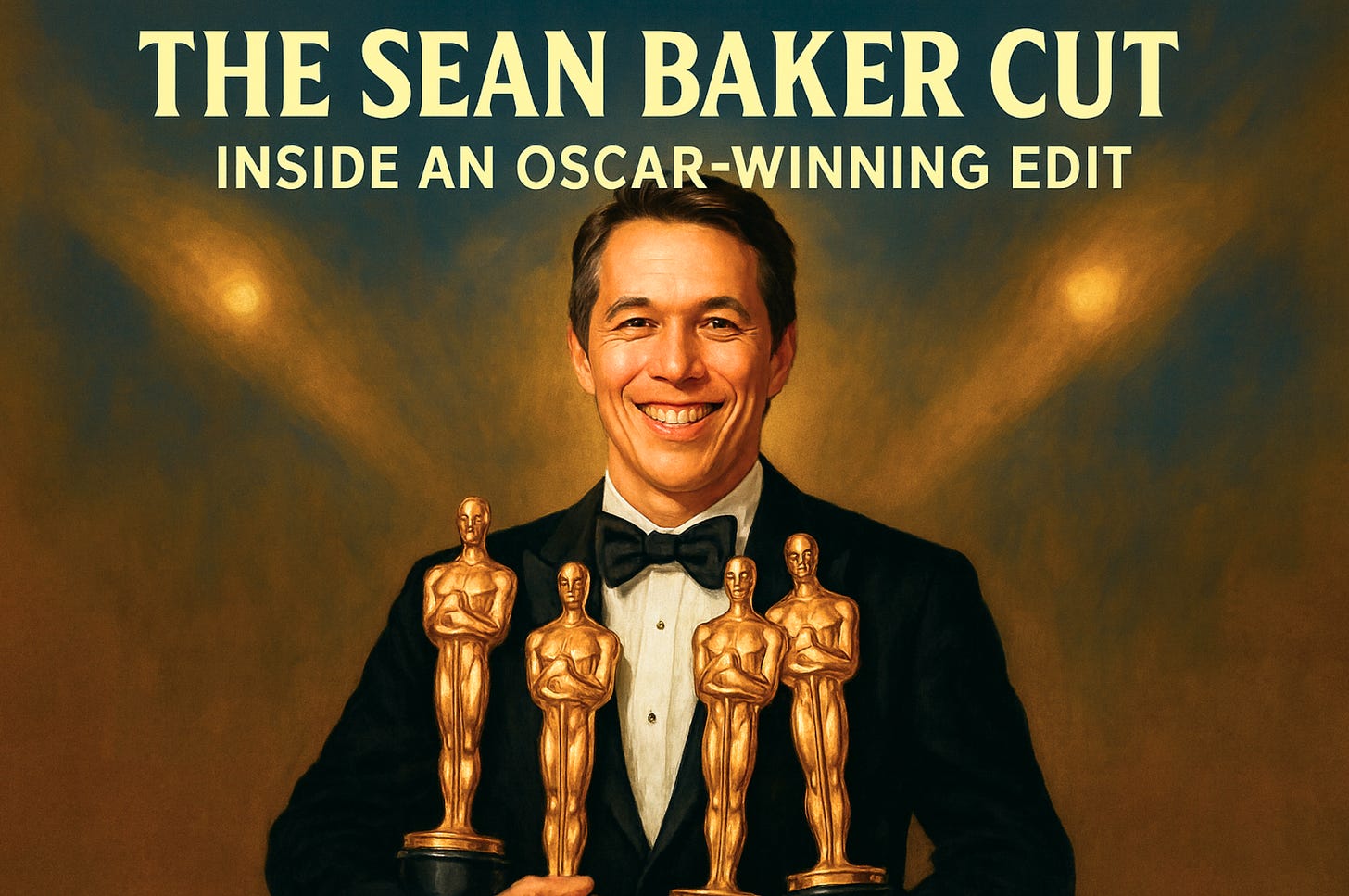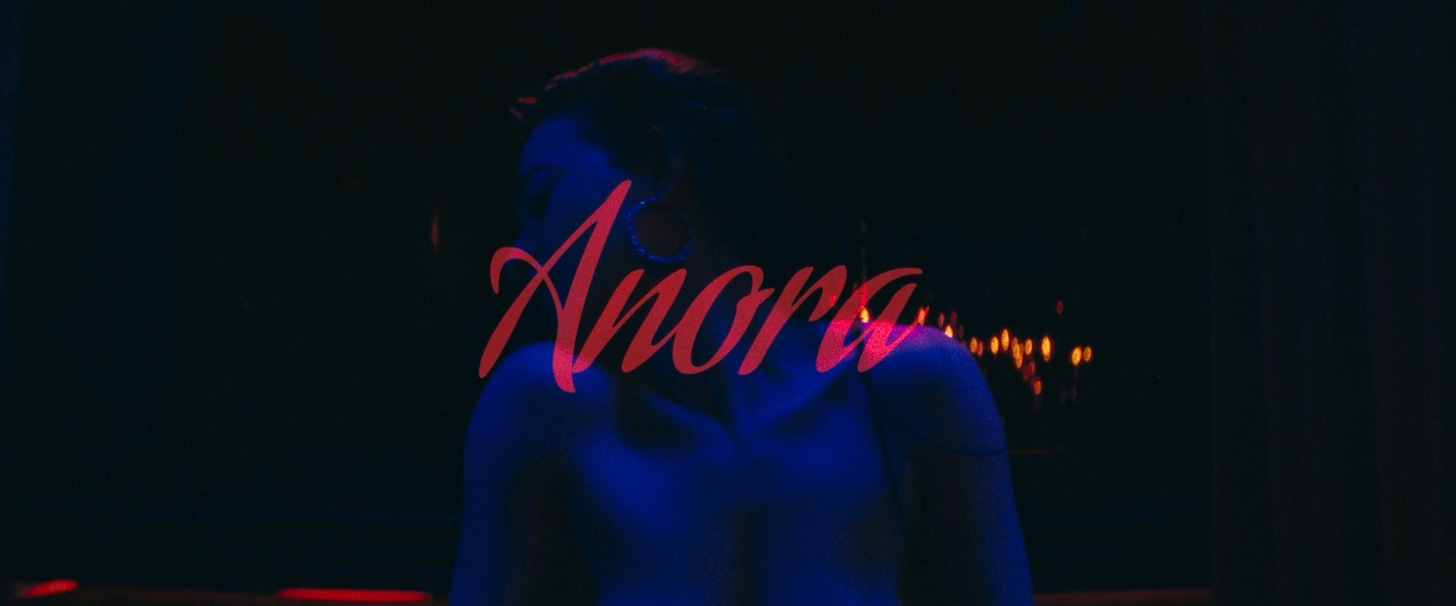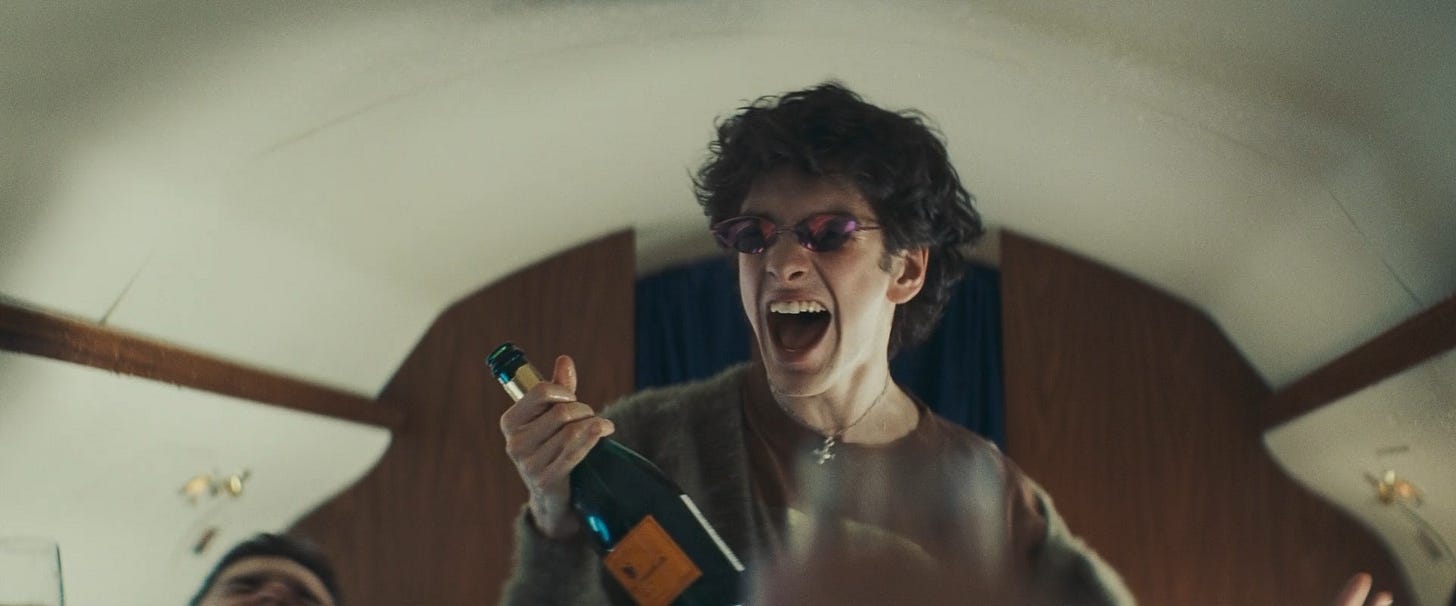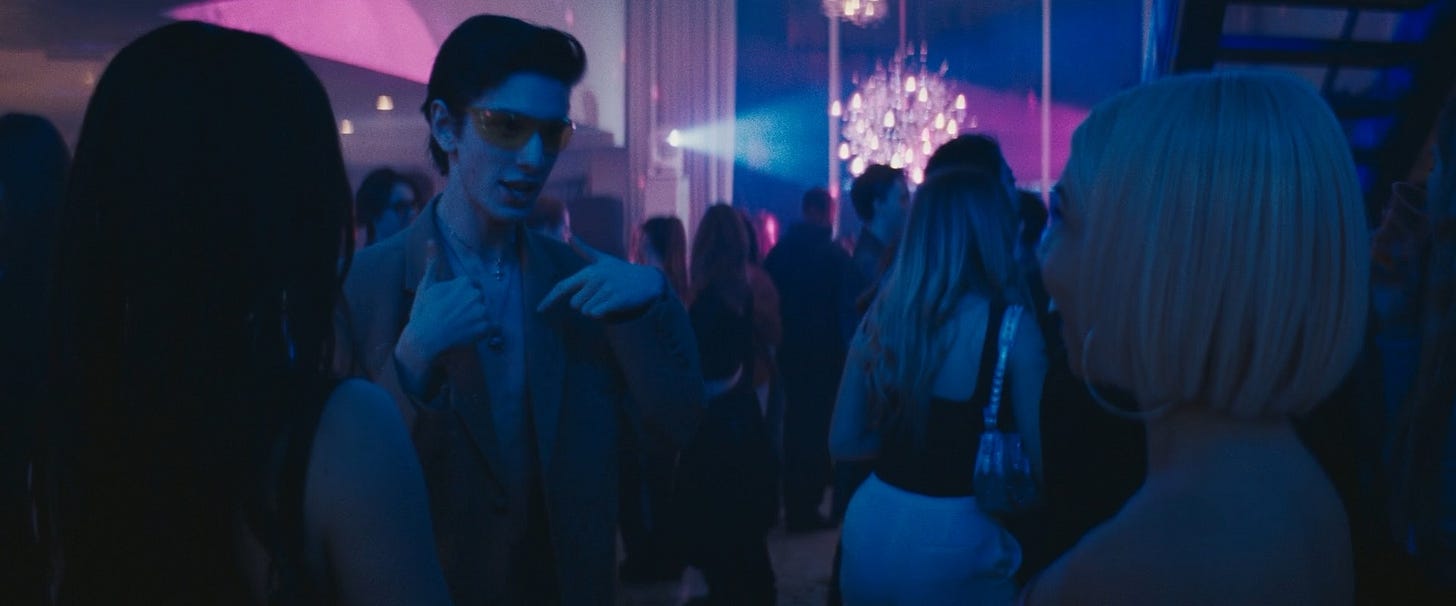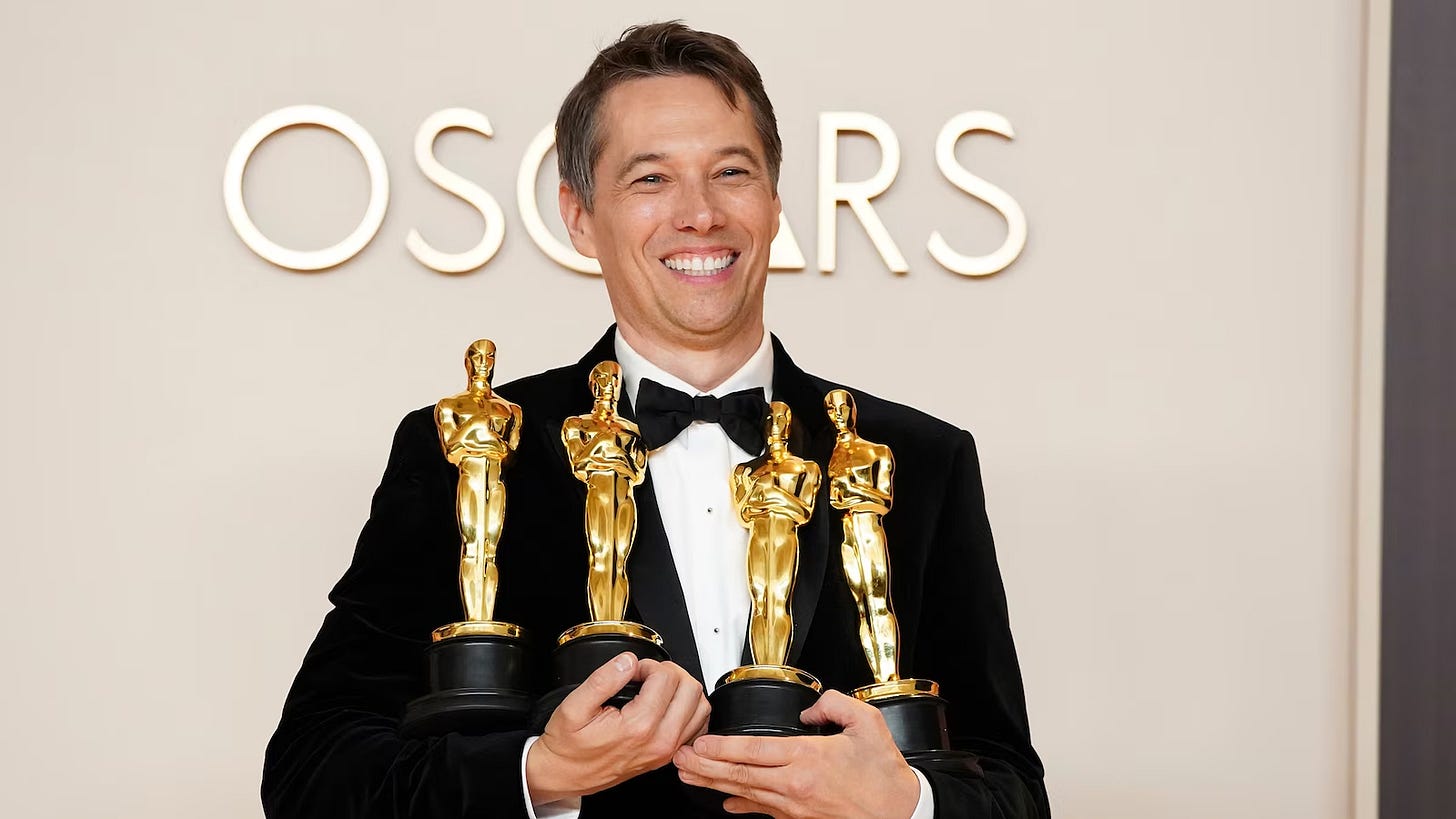The Sean Baker Cut: Inside an Oscar-winning edit
Inside the painstaking process that turned chaos into cinematic history
Hi everyone —
I will be at VidSummit in Dallas next week with Robbie (yes, he’s real!) presenting on how Eddie AI is used by pros editing YouTube videos. Cutting footage and choosing the best take to your script; logging footage; titles, descriptions and thumbnail suggestions once you finish a rough cut.
And we have a new feature launching next week. 🤫
If you’re at VidSummit, come by, say hi, and join our workshops:
Oct 8, 3:35pm, Workshop Room 2
Oct 9, 1:45pm, Workshop Room 2
Enjoy today’s newsletter.
And tomorrow we will publish our latest longform story, as part of our series that celebrates the tenacious who pushed forward film/video production and post production.
Don’t miss it, it’s gonna be a great read.
Until tomorrow,
Shamir
Following on from our newsletter on directors who also edit, we wanted to do a quick dive into last year’s Oscar-winner Sean Baker.
The writer/director/editor of some of the most notable indie films of the past decade.
From the kinetic sprint of Tangerine to the aching tenderness of The Florida Project, the abrasive charm of Red Rocket, and the tonal high-wire of Anora, Baker’s work is defined by radical empathy and a live-wire sense of reality.
What sets him apart is not just what he shoots but how he cuts. Baker edits every film himself, treating post-production as the final rewrite. That approach hit its peak with Anora, which vaulted from Cannes glory to awards-season dominance and made him the first director to win the Best Editing Oscar as sole editor.
He made editing become the conversation. So let’s join it.
A Director’s Amnesia
For Baker, the script is only the starting gun.
He writes knowing he will rewrite in post. Re-ordering, compressing, or breaking scenes apart to find the true flow. For Baker, “editing is 50 percent of directing,” and he carries that mindset onto set. Banking coverage, reactions, and quiet moments he knows he’ll need later to shape tone.
Working like this requires a clean mental break from set. Sometimes up to a three-to-six-month hiatus after wrap.
The goal is complete amnesia.
Forgetting the coverage he fought for, the “great” takes, forget the compromises. When he sits down to cut, he avoids the script supervisor’s notes unless he’s truly stuck.
Only The Finest Cuts
Baker doesn’t do “assembly cuts”.
He finds them demoralizing and misleading. Instead, he cuts in order, and he doesn’t move on until a scene is essentially finished. Baked with temp sound, specific music, and any basic VFX the moment requires.
Scene 1 sets the pulse for Scene 2, which sets the pulse for Scene 3.
It’s high-stress and no one can “see the movie” until late but the reward is a continuous, earned tone. So when Anora turns on a dime from rom-com to farce to thriller to heartbreak, that continuity holds because he built those turns sequentially, feeling each handoff in real time.
That’s the gamble of the chronological fine cut: no rough draft to hide behind, no early reassurance the film even exists.
And with Anora, that gamble nearly broke him.
For long stretches, the movie simply wasn’t working.
Baker spiraled into doubt, wondering if he’d lost the thread entirely as the pressure was as existential as it was creative. We as filmmakers know that feeling but when someone of Baker’s stature admits to the same struggles, it lands a tad harder.
Which brings us to the low point: a voicemail he left for Anora’s cinematographer, Lawrence Sher, confessing just how badly the edit was going.
Baked Sound Design
From the very first cut, Baker builds a temp soundscape: ambiences, practical noise and needle-drops that his sound team later refines. But the rhythm is already set. The design isn’t an afterthought or something to “hand off to sound”;
The result: picture cuts and sound choices are inseparable.
Final Cut
Baker edits at home on a MacBook Pro using Adobe Premiere. What began as a compatibility choice became his creative groove. He even remaps his keyboard to mirror his old Final Cut Pro 7 layout, turning muscle memory into momentum.
Baker Cuts
Jump cuts: Deployed to evoke documentary presence. Time skips that imply a world bigger than the frame and keep viewers alert to life happening just off camera.
Smash cuts & montages: When aggression is called for, he pre-writes hard transitions and designs montage logic to compress psychology. In Anora, multiple montage grammars coexist: traditional headers, impressionistic bursts, and vibe-driven “game-plan” runs that carry the audience through rapid tonal turns.
Dialogue-free passes: On set Baker asks for wordless takes of full scenes. Those behavior-only runs become invaluable connective tissue in post-reaction shots that keep pace flexible and performances honest.
Seamless Fakery
Baker uses VFX in “almost every frame” on some films. Painting out a modern van, tame skyline, remove cable, stitch the “best half” of two performances.
This presents a paradox.
Shooting on 35mm/16mm, but then digitally massaging images. He’ll even print digitally captured footage to 35mm and scan it back to unify texture before the grade.
Call it “perfected neorealism”.
The Needle Drops
Baker rarely uses a traditional score; instead, the world itself becomes the music.
He asks his sound team to preserve quirks in the production track. The squeak of a wiper, the hum of an AC, a street vendor’s shout and then “rack focus” the mix so attention shifts as precisely as a camera pull.
Layered into this sonic realism are needle drops tied to the characters’ world. In Anora these included club bangers like Iggy Azalea’s “Sally Walker”, Slayyyter’s “Daddy AF”, and Brooke Candy & Erika Jayne’s “Drip”; nostalgic pop like t.A.T.u.’s “All the Things She Said” and Blondie’s “Dreaming”; the sweeping “Greatest Day (Robin Schulz Rework)” by Take That; and harder cuts like DMX’s “Where the Hood At.”
The audience hears what the characters hear, making every drop feel lived-in rather than ornamental.
Anora (2024): The Clean Sweep
When Anora took home Best Film Editing, on top of Best Picture, Best Director, and… Best Original Screenplay it sparked equal parts applause and side-eye.
Anora condenses the entire Baker playbook.
The film slides from meet-cute buoyancy into screwball chaos and then clamps down into a white-knuckle home-invasion set-piece before landing in pain.
Sean Baker became the first person ever to win four Oscars for the same film, which for many validated his unorthodox processes.
Baker leaned into humility in his award speech, joking, “If you saw that footage, I saved this film in the edit. That director should never work again.”
However, some argued the editing win rode the momentum of the film’s broader Oscar surge rather than being judged in isolation. Critics at Forbes and USA Today framed the victory as part of a hype-driven, maybe even “meh” sweep. Others suggested that Anora was too self indulgent and long.
Love it or doubt it, the win marked a watershed for editor-directors. It showed that a painstaking and unconventional editing process can carry an indie all the way to the top of the Academy.
And if you’re an editor reading this: Baker proves editing is can be far more than invisible craft.
It’s authorship, it’s personality and sometimes the boldest move is doubling down on putting yourself in the cut.

